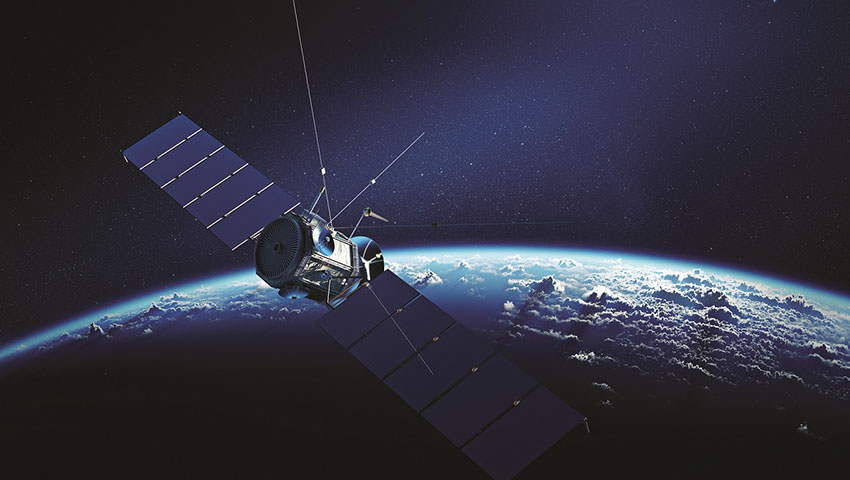US company DirecTV, the operator of the Spaceway-1 satellite, is now in the process of moving the satellite from its current geostationary orbit 35,000 kilometres above the equator to a graveyard orbit 300 kilometres higher.
Geostationary orbit is home to a large number of the world’s most valuable satellites used for communications, and Earth observation and any explosion could produce significant quantities of space debris, which could damage or destroy other satellites.
Spaceway-1 is a large satellite, massing more than six tonnes and, at time of launch in 2005, was the heaviest satellite ever placed into orbit.
This was built by Boeing and is one of the family of High Power 702 models, designed to provide high-definition direct TV broadcasts to the US.
DirecTV is an American direct broadcast satellite service provider based in California and is a subsidiary of US telco AT&T.
Spaceway-1 was designed to last 12 years, so it has well exceeded its planned lifetime.
More recently, it was being used to provide backup Ka-band capacity over Alaska, and DirecTV believed it had sufficient onboard fuel to remain in service to 2025.
Spacenews said DirecTV advised the US Federal Communications Commission this week that in December, an unexplained anomaly caused significant and irreversible thermal damage to Spaceway-1’s batteries.
Boeing had concluded that the batteries were at high risk of bursting if recharged since damaged cells can’t be isolated.
DirecTV turned off the satellite’s Ka-band payload and is operating it using power generated directly from the solar panels.
However, the satellite will pass through Earth’s shadow late next month and then battery usage will be unavoidable.
“The risk of a catastrophic battery failure makes it urgent that Spaceway-1 be fully de-orbited and decommissioned prior to the February 25th start of eclipse season,” DirecTV said.
Spacenews said that barring technical problems, the FCC required licensed satellite operators to vent onboard propellant before moving satellites to the graveyard orbit.
DirecTV advised that it could deplete no more than a nominal amount of the approximately 73 kilograms of the bipropellant remaining in the satellite.
Venting of volatile fuel is a safety measure designed to reduce the risk of an explosion.
That process can take two to three months, but DirecTV has just a month to make Spaceway-1 as safe as it can as it’s moved to the higher orbit.
The company said its priority is to decommission the satellite before 25 February to limit the risk of accidental explosion.

